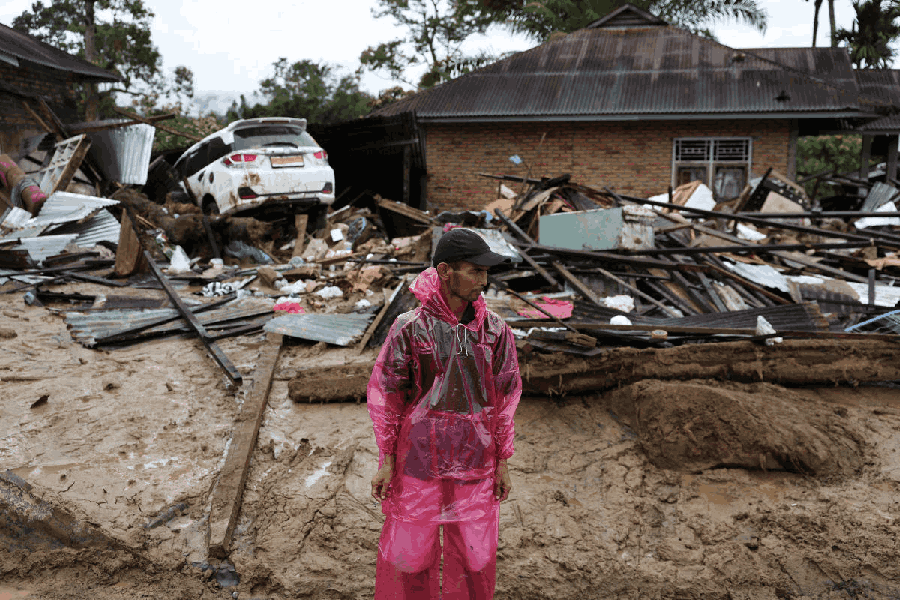New Delhi: The Indian Council of Historical Research will not investigate whether the so-called Ram Setu is a manmade or natural structure, its new head has said, playing down a contrary announcement by his predecessor.
Arvind Jamkhedkar, who took charge in February, dismissed the previous chairperson Y. Sudarshan Rao's announcement last year of plans to study whether the Ram Setu or Adam's Bridge, a chain of limestone shoals in the Gulf of Mannar, was manmade.
"The council never took any final decision on this. There was a proposal. Excavations are not the council's job," Jamkhedkar told The Telegraph over the phone.
"It's the Archaeological Survey of India and the National Institute of Oceanography that do this kind of work."
Earlier, a PTI report had quoted him as saying that the "proposal by one historian" for such an underwater exploration had made council members "very angry", and that the council would not "conduct any such study or even fund one".
The agency had quoted Jamkhedkar as further saying that "the maximum (the council) can do is recommend it to the agency concerned".
Asked whether the council would make any such recommendation to the Archaeological Survey or the oceanography institute, Jamkhedkar told this newspaper: "Why should I recommend?"
Some Hindu groups believe the shoals, which connect the Pamban (Rameswaram) Island off Tamil Nadu's southeastern coast with Mannar Island off the northwestern Sri Lankan coast, was built by Ram's mythological army of monkeys to facilitate the invasion of Lanka.
The BJP had joined these groups in protesting against the then UPA government's Sethusamudram shipping canal project, which aimed to create a shipping channel by dredging the Adam's Bridge.
Rao had said the purported Ram Setu study would help the government decide about the Sethusamudram project.
The ICHR is a flagship research institution that functions under the central government.











